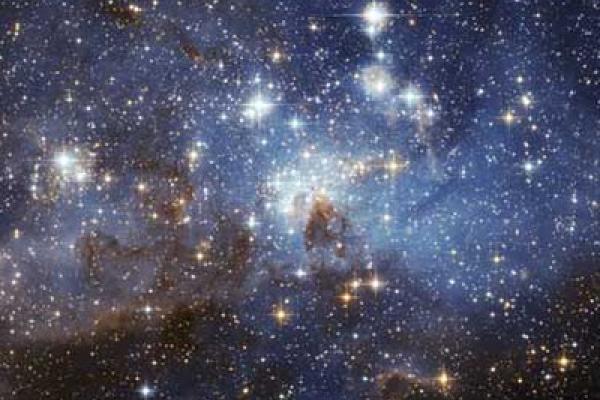
The Gaia Revolution in Pre-Main Sequence Stars and Star Clusters
Lynne Hillenbrand - Caltech
The Gaia mission, most recently through its DR2, has provided the long sought ``third dimension" in studies of stars and star clusters, and is producing revelations across the HR diagram. In the pre-main sequence phase of stellar evolution, cluster membership heretofore has been established using standard clustering analyses, as well as young star activity indicators such as infrared excess, ultraviolet excess, emission lines, and photometric variability. For the optically visible stars in star-forming regions, membership can now be refined — both trimmed of non-members and expanded to include previously unappreciated members, especially those lacking accretion disk activity. The results have implications across a broad swath of pre-main sequence star studies, including: stellar IMFs, cluster age spreads, disk evolution, and rotational evolution. In addition, cluster kinematics can be probed at the sub-km/s level, allowing new insights into the physics of star formation, specifically cluster contraction, expansion and virialization.
Coffee and Donuts will be served at 3:30pm in 4054 McPherson Lab.
